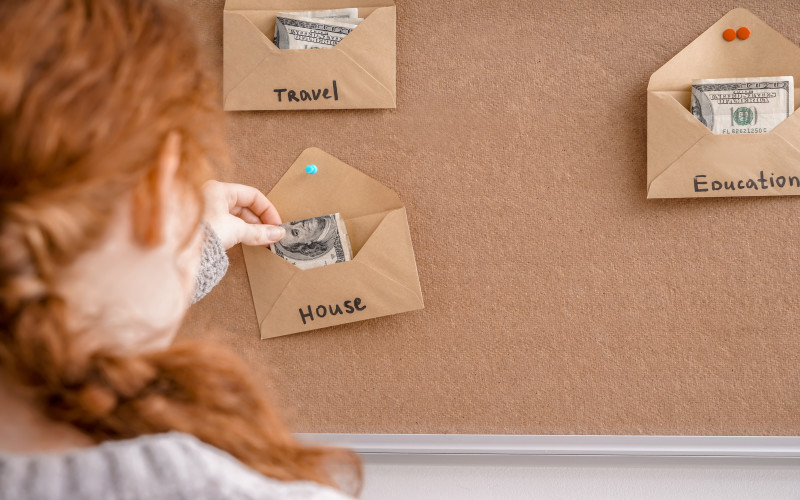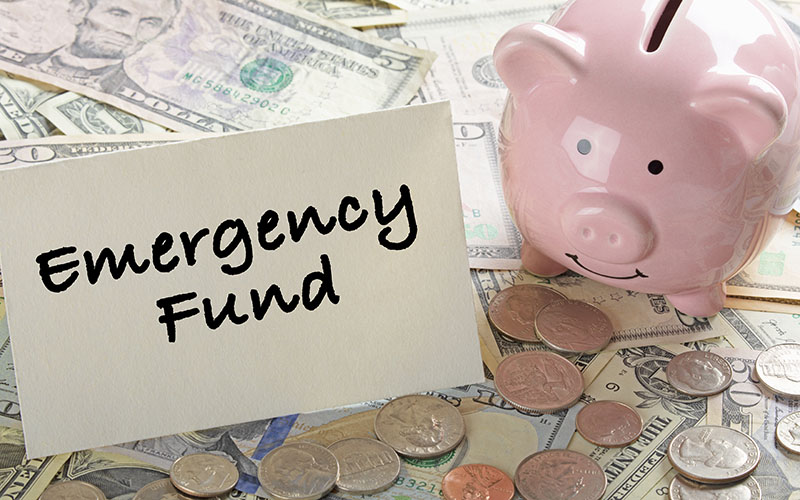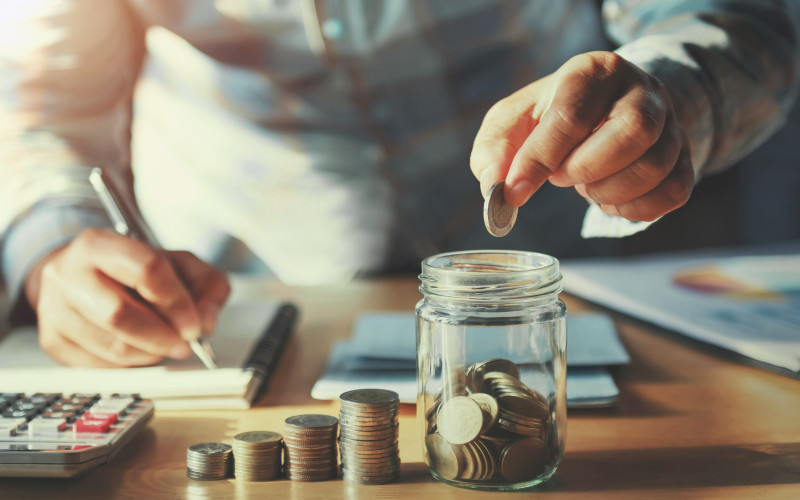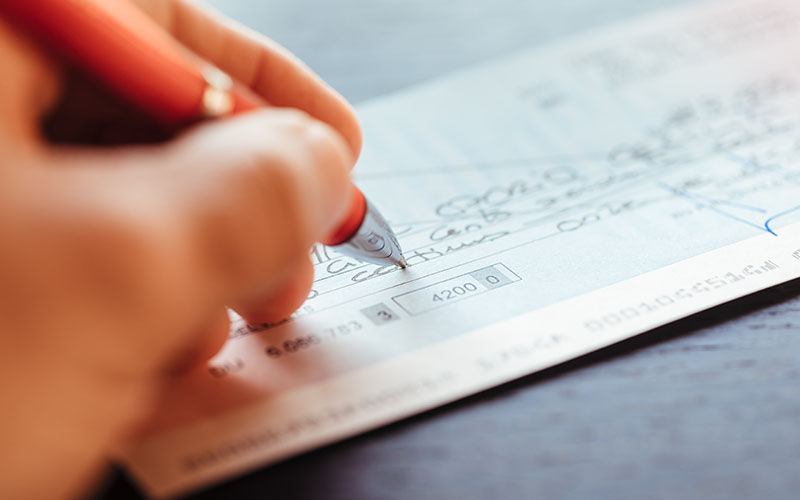How to Budget Like a Pro
Key Takeaways
- Budgeting helps manage finances by tracking income, expenses, and setting financial goals
- Start by calculating after-tax income, listing expenses, and tracking spending
- Use tools like autopay, budgeting apps, and automation to simplify saving and bill payments
- Choose a budgeting method (e.g. 50/30/20, cash envelope, bare-bones, zero-based) that fits your lifestyle
- Regularly review and adjust your budget as your financial situation changes
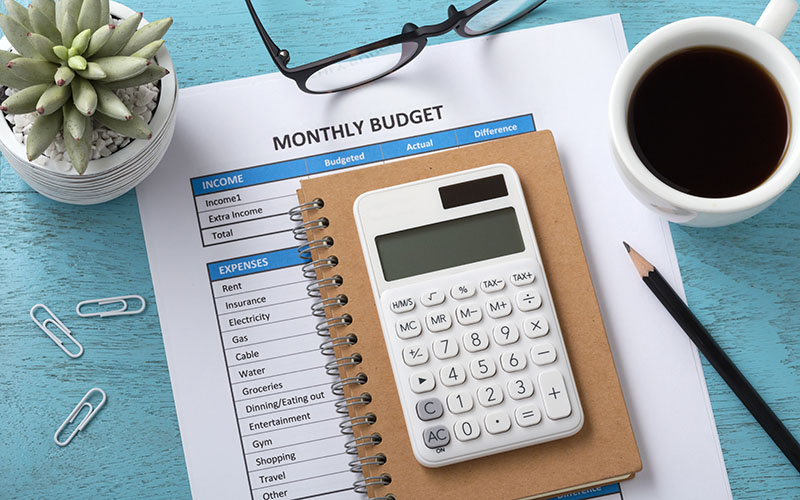
A budget is an essential tool for planning and organizing your finances. It might seem like a daunting task, especially when you have to keep track of every expense and take a hard look at your spending habits, but in the long run, you'll be better off.
Below are 8 easy steps you can take to create and maintain a budget.
How To Create A Budget
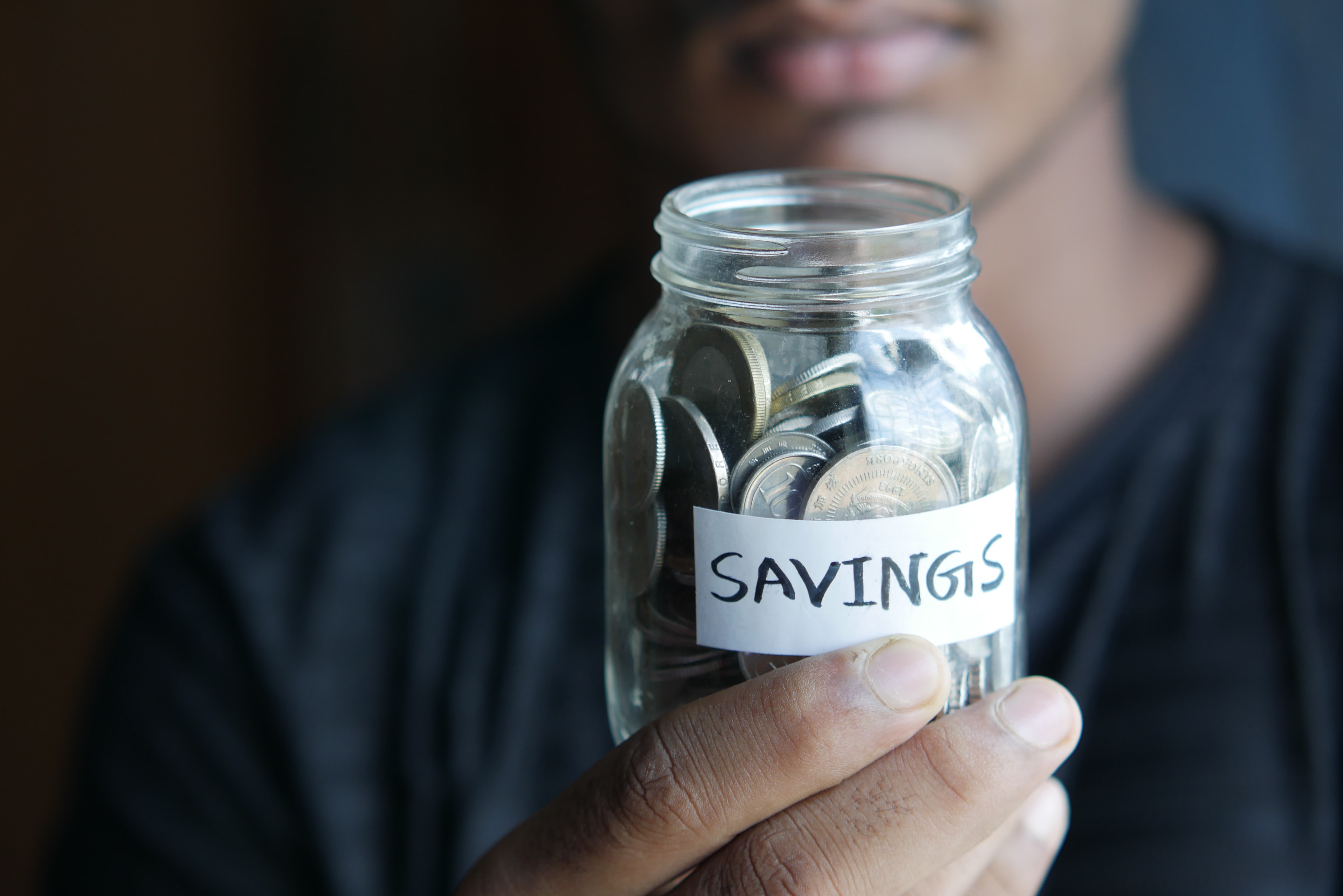
Figure Out Your After-Tax Income
If you receive a regular paycheck, the amount listed (your net pay or take-home pay) is what you get. However, if you have earnings from other types of income, take out taxes and business expenses. If you have automatic deductions for savings, insurance, Social Security, child support, and a 401(k), be sure to calculate that to add to your savings.
Set Your Goals Before You Make Your Budget
Wanting to start a budget is great, but setting some financial goals will make the process worthwhile. Plan for your immediate and distant future by working on your most pressing priorities and needs, such as:
- Paying off debt
- Saving up for a home
- Building your savings
- Creating an emergency fund
- Contributing to your retirement
- Saving for a vacation
List Your Essential Expenses
Your next step is to create a list of all of your essential monthly payments, including:
- Rent or mortgage
- Car payments
- Insurance
- Utilities
- Groceries
- Credit card payments
- Loan payments
- Travel
- Savings
- Personal care
- Entertainment
- Transportation
- Childcare
Track Your Spending
Gather your important financial paperwork from the past few months to get a good idea of your spending. This includes:
- Bank statements
- Credit card statements
- Receipts
- Investment accounts
- Rent
- Mortgage payments
- Utility bills
- Loan statements
- W-2s
- Paystubs
- 1099s
You don't necessarily need to track every purchase manually, but having a system to track your spending electronically (by checking bank statements online) can make it easier to see how much you spend so you can plan your future expenses.
Additionally, stick to using a single form of payment, since using one credit card or debit card makes it much easier to keep a record of your spending. If you're worried that you can't be responsible with a credit card, using a debit card will help you avoid the headache of buy now, pay later.
Put Your Bills On Autopay
Setting your accounts on autopay is important if you're budgeting. Not only does it eliminate any chance you'll miss your payment date, but you won't have to deal with any late fees or damage to your credit profile.
Just make sure you have enough funds to cover the payment. And if you're usually low on funds during that bill's deadline, consider contacting your lender and asking them to change the due date.
Find Ways To Save
If your expenses are high or close to your current income, then you need to find ways to cut and reduce your spending, or even pick up a side gig to increase your income.
You'll have to stick to your planned grocery list and you may want to meal prep for the week to avoid getting any takeout or racking up a restaurant bill.
Cutting back on your largest expenses is the best way to save. Avoid impulse purchases by practicing the 30-day rule and wait a month before you buy. Use a debit card instead of credit. Try going to free events and entertainment (or even organizing one like a movie night) to save on pricy dining and bar hopping. Building a home gym or exercising outside can save you on pricy gym memberships.
Automate your savings by having funds from your checking automatically transfer to your savings account once a week or once a month, depending on how often you are paid.
And finally, know that you can negotiate your bills (internet, insurance, phone, etc) with your service providers and companies by calling them and being friendly but firm, or using an app such as Empower or Trim.
Pick A Budgeting Plan
Budgeting seems to come down to one thing: save what is left of your income after you have paid your bills. However, there's a little bit more to it than that -- namely, finding the right budgeting plan that works best for you.
Below are some popular methods to budget. While all of these are useful, you can also make minor changes depending on your personal needs and what works best for you. Your financial needs will change over time, so you will have to revisit it and change it as needed.
50/30/20
The 50/30/20 budget splits your income between your needs, wants, and savings/debt repayment. Specifically, it's broken down in the following way:
- 50% of your income for needs
- 30% of your income for wants
- 20% of your income to savings and debt repayment
Your needs (50%) are essentials such as groceries, rent, mortgage payments, utilities, transportation, insurance, and minimum loan payments (higher loan payments are allocated to savings and debt repayment).
Wants (30%) include non-essential expenses such as nights out, travel, and entertainment. However, there are some items that may fall between wants and needs, such as a gym membership or hobby -- this decision really comes down to the individual.
The final 20% of your income is your savings and debt repayment. This can help you start an emergency fund, which you should eventually build up to cover several months' worth of living expenses. You should also begin saving for retirement by funding an IRA (individual retirement account) or contributing to a 401(k).
If you're looking to pay off debt, then consider debt relief options such as debt consolidation, debt settlement, or a debt management plan.
Cash Envelope Method
If you have a tendency to overspend on non-essentials, then the cash envelope system may be for you. This method has you calculate your essential and monthly expenses, label envelopes by category, and put the right amount of cash in each envelope (fixed expenses like rent don't need to have the cash in the envelope).
Once the cash in that category is spent, you'll have to wait until the next month. This is a great way to keep track of your expenses to avoid overspending.
Bare-Bones Budget
This budget subtracts your essentials (rent, utilities, groceries, debt repayment) from your income. Anything that is left over is put towards your savings.
Zero-Based Budget
The zero-based budget is a more stringent version of the bare-bones budget. You record how much you make and divide it to cover all of your expenses until you reach $0 at the end of the month. The point is for every dollar to be spent exactly where you planned it.
Use A Budgeting App
A budgeting app is a great way of tracking your spending and saving. You simply connect it to your financial accounts and let it track how close you are to your monthly goals or notify you if you've reached your spending limit
Some excellent budgeting apps including Mint, EveryDollar, and Prism.
Summary
Creating and maintaining a budget is essential for managing your finances effectively and reaching financial goals. The process involves calculating your after-tax income, setting financial priorities, listing and tracking expenses, automating bill payments, and finding ways to save. Various budgeting methods—such as the 50/30/20 rule, cash envelope system, bare-bones budget, and zero-based budgeting—can help tailor a plan that fits individual needs. Using budgeting apps can also simplify tracking and help you stay on target.
How can I start budgeting?
- Write out your monthly income
- Track your fixed expenses
- List variable expenses
- Choose a budget (50/20/30, envelope budget, etc.)
- Pay what you need
- Cut back on expenses
What are the different types of budgets?
Some popular methods of budgeting include the 50/20/30 rule (which is to divide your after-tax income into 50% on needs, 30% on wants, and 20% on savings) and envelope budgeting (in which you decide how much you need to spend on your needs, take that amount of cash, and place it in an envelope to pay your bills so you can avoid overspending).
Edited by:
Bryan Huynh
•
Product Tester & Writer

